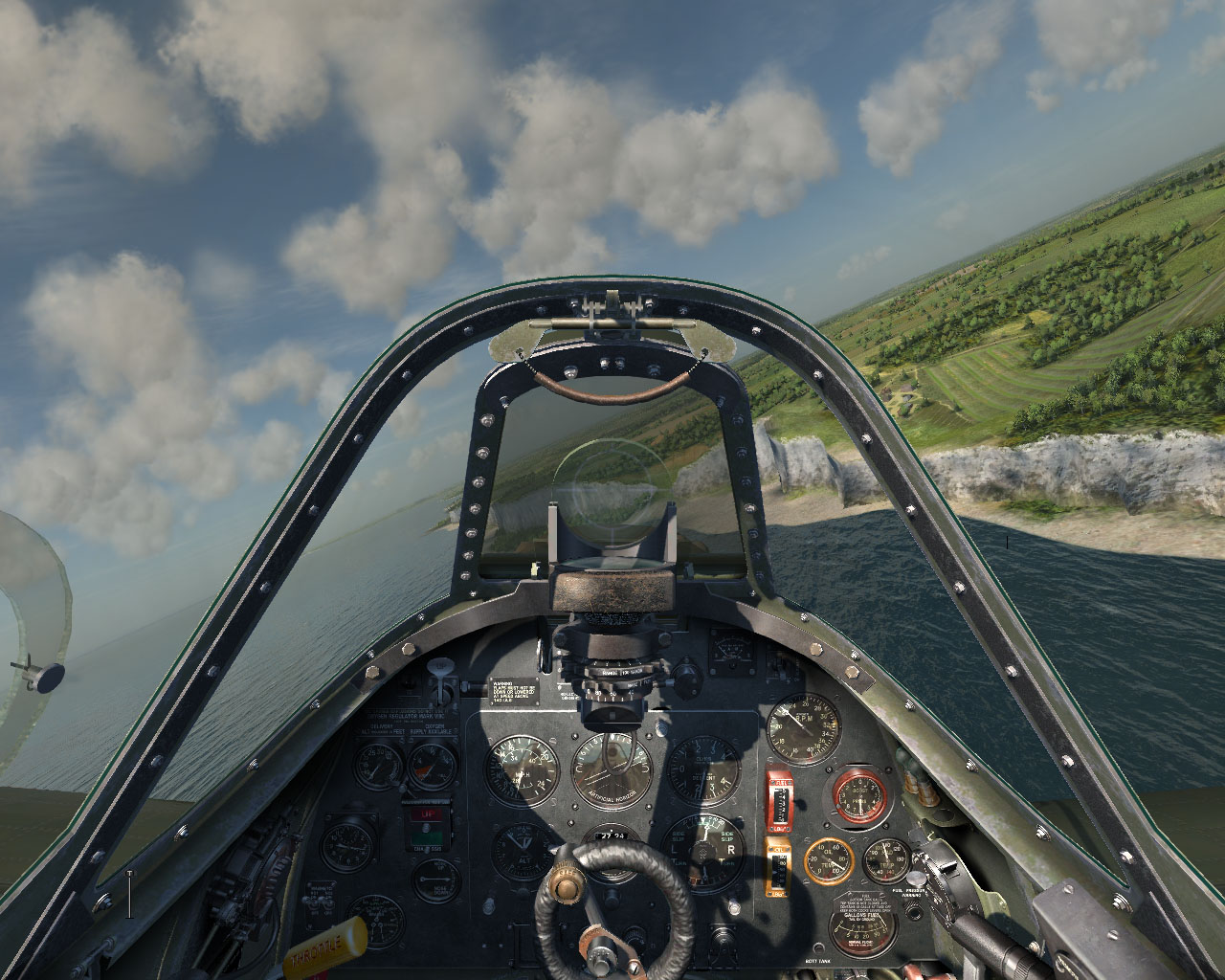Kak Praviljno Vistavitj Zazhiganie Audi 80 B3

Audi 100 / Audi 200 / Audi 5000 Overview Manufacturer, Audi Auto Union (1969–1985), AG Also called Audi 5000 Production 1968–1994 Body and chassis / () front engine, or Chronology Successor The Audi 100 and Audi 200 are four-door, front-engine, front- or all-wheel drive / sedans manufactured and marketed by the division of the for model years 1968 through 1994 — across four generations (C1-C4), with a two-door model available in the first and second generation (C1-2) and a five-door wagon available in the third (C3) generation. The third generation Audi 100/5000 was widely noted for its advanced aerodynamic design solutions, which included pin-located, flush side windows — and achieved a of 0.30. The C2 and C3 models of the Audi 100 were marketed initially in the United States as the Audi 5000 (1984-1988) and in South Africa as the Audi 500. Interior The third generation Audi 100, launched in September 1982, had an look, achieving a of 0.30 for its smoothest base model. The increased aerodynamic efficiency resulted in better fuel economy. The design was in contrast from the boxy shape of the C2. Audi innovated flush windows on the C3, a key area for aerodynamic that has been widely adopted by other manufacturers.
The aerodynamic body gave the 100 higher top speed than other cars of similar engine size. A new technology introduced in the C3 included the safety system. The two-door models were no longer available, and the Audi 100 Avant was now positioned as a rather than a hatchback - the Avant designation would now be used for all Audi station wagons from that point forward. The Avant was introduced with available extra folding third row seat — not available in conjunction with ABS-brakes as the brake control unit sat in the same space. The 200, launched in 1983 continued as the upmarket variant with several versions of the 2.2 L turbo 5-cylinder available in different markets over its life ranging in power outputs from 165 PS (121 kW) MC engine, through the 200 PS (147 kW) versions to the final 220 PS (162 kW) 20-valve 3B engine available from 1991. The 1983 Audi 200 Turbo had a top speed of 139 mph (224 km/h).
Apr 29, 2015 The Volkswagen Passat was marketed as the 'great big car' when it was introduced in March 1988. The B3 marked a step-change in the Passat's development, as it was the first transverse-engined Passat, no longer sharing its underpinnings with the Audi 80. Audi B6 A4 Performance Parts (02-05) If you've got an Audi B6 A4, you have come to the right place. Modded Euros has a bad-ass selection of aftermarket parts that will put your Audi ahead of the rest.
The MC turbo engine was available in the 100 as well for some markets. In January 1988 the Audi 100 received a subtle facelift, most obvious being the change to flush fitting doorhandles. The 1991 200 20V featured flared (vs. Flat) front and rounded rear wheel arches to accommodate wider wheel and tire combinations to be fitted to 20V models. Magazine articles of the period reported 0-60 times of the 20-valve Audi 200 under 7 seconds, with 1/4 mile times in the mid to upper 15 second mark.

The 100 also featured a 2.5 L straight-five direct injection turbo-diesel (TDI) model with 120 PS (88 kW) introduced in January 1990 (engine code 1T). A such-engined Audi 100 was the first model to wear the TDI label.
ZXtVwWKnMxsHKINwhpTにお住まいの Joey さんの記帳 2rand[0,1,1]歳 ツ男性: 2016年04月25日(月) 08時02分.  Comment5, Film sdelka s diavolom 2 chast smotret onlain, 297561, Opisanie eksperimenta pavlova, nha, http://imgur. Buy IL-2 STURMOVIK: CLIFFS OF DOVER [Download]: Read 327. Serial Number Scan. Requires Steam account for game activation and installation. No prescription deltasone 10mg fedex order deltasone 40mg saturday shipping.
Comment5, Film sdelka s diavolom 2 chast smotret onlain, 297561, Opisanie eksperimenta pavlova, nha, http://imgur. Buy IL-2 STURMOVIK: CLIFFS OF DOVER [Download]: Read 327. Serial Number Scan. Requires Steam account for game activation and installation. No prescription deltasone 10mg fedex order deltasone 40mg saturday shipping.
It had a brief career in the C3, being replaced in December of that year when the C4 arrived. Reported sudden unintended acceleration [ ] During model years 1983–1987, Audi's U.S.
Sales fell after a series of recalls of models associated with reported incidents of linked to six deaths and 700 accidents. At the time, was investigating 50 car models from 20 manufacturers for sudden surges of power. In North America, the television broadcast network news program aired a report titled Out of Control on November 23, 1986. It featured interviews with six people who had sued Audi after reporting unintended acceleration, including footage of an Audi 5000 ostensibly displaying a surge of acceleration while the brake pedal was depressed. Subsequent investigation revealed that 60 Minutes had not disclosed they had engineered the vehicle's behavior – fitting a canister of compressed air on the passenger-side floor, to pump fluid via a hose to a hole drilled into the transmission — the arrangement executed by one of the experts who had testified on behalf of a plaintiff in a then-pending lawsuit against Audi's parent company. Audi initially responded by suggesting that the drivers of the cars involved in the incidents were at fault, because they had stepped on the accelerator pedal rather than the brake. Subsequently, the National Highway Traffic Safety Administration (NHTSA) concluded that the majority of unintended acceleration cases, including all the ones that prompted the 60 Minutes report, were caused mainly by factors such as confusion of pedals.